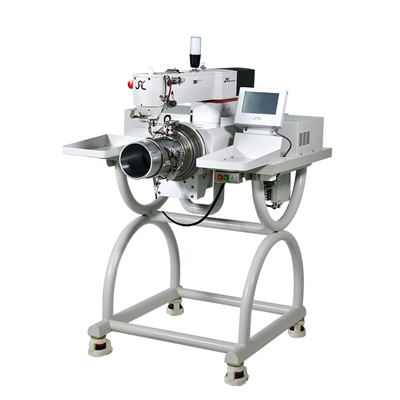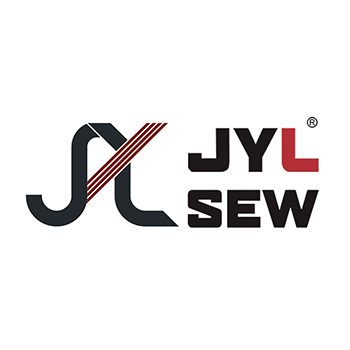The origin of the Curved Edge Sewing Machine can be traced back to the evolving needs of the textile and garment industries. This specialized Sewing Machine was developed to address the challenges of stitching curved edges, a task that traditional straight-stitch machines struggled to perform accurately and efficiently.
In the late 19th century, as clothing styles became more intricate and tailored, the demand for garments with curved edges, such as collars, cuffs, and curved seams, increased. However, conventional Sewing Machines with straight-stitch capabilities were limited in their ability to smoothly navigate these curved contours. Sewing curved edges using straight-stitch machines often resulted in uneven, distorted, or puckered seams, compromising the quality and aesthetics of the final product.
Recognizing this limitation, inventors and sewing machine manufacturers began to explore ways to develop a machine that could effectively stitch curved edges with precision. The result was the curved edge sewing machine.The curved edge sewing machine typically includes specialized features that contribute to its effectiveness:
1. Curved Needle Plate: This component is designed to accommodate the curvature of the fabric, ensuring that the material flows smoothly along the stitching line.
2. Curved Presser Foot: The presser foot is also curved to match the shape of the fabric's edge, holding it in place and guiding it through the stitching process.
3. Feed Mechanism: The feed mechanism of the curved edge sewing machine is optimized to handle curved edges, preventing fabric distortion and puckering.
4. Tension Control: The machine provides appropriate tension control to maintain even stitching and prevent thread bunching or breaking.
5. Stitch Options: Many curved edge sewing machines offer a variety of stitch options, allowing for different types of decorative and functional stitches along curved edges.

The introduction of the curved edge sewing machine revolutionized the production of tailored and intricate garments. It allowed manufacturers and seamstresses to achieve precise and professional results when working with fabrics that required curved stitching. As fashion trends continued to evolve and demand for well-fitting and stylish clothing increased, the curved edge sewing machine became an indispensable tool in the textile and garment industries.




